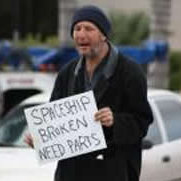Sign in to follow this
Followers
0

Gripens do half of 51 World Cup intercepts
By
Erik, in CombatACE News

By
Erik, in CombatACE News
By using this site, you agree to our Terms of Use, Privacy Policy, and We have placed cookies on your device to help make this website better. You can adjust your cookie settings, otherwise we'll assume you're okay to continue..